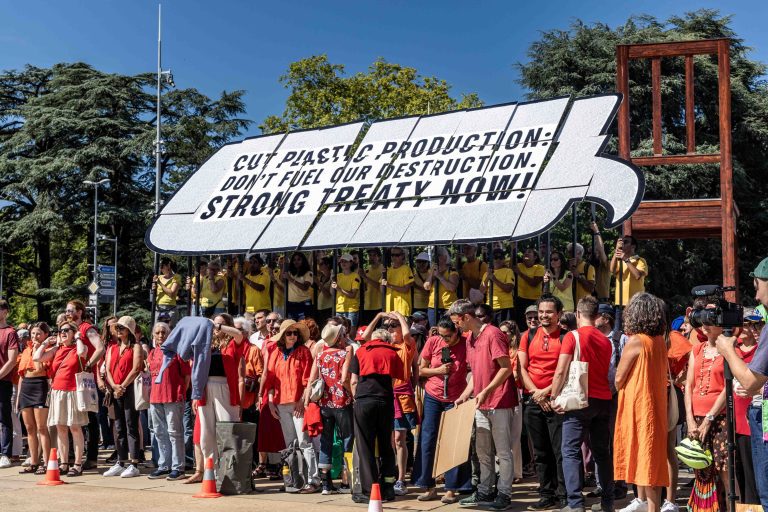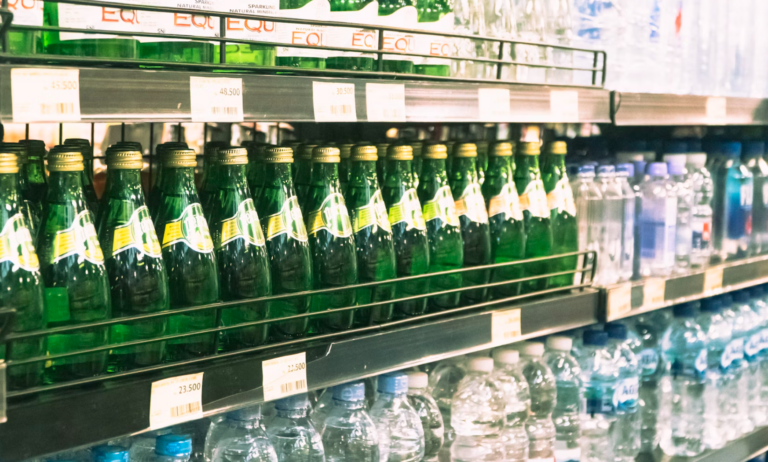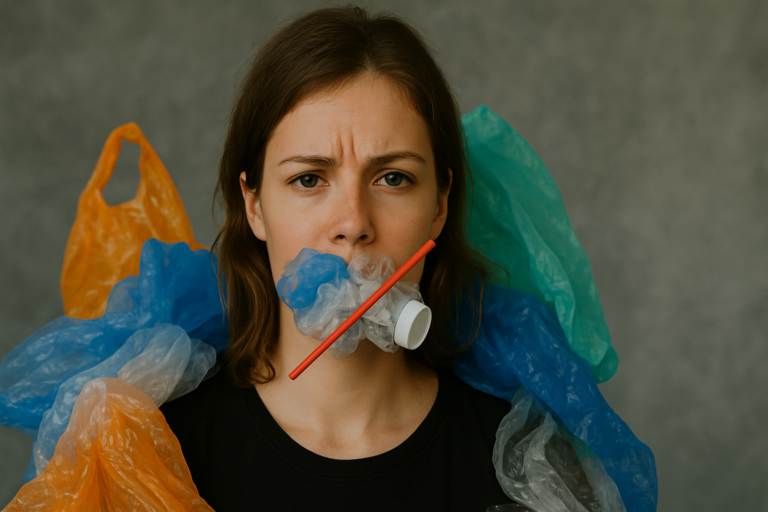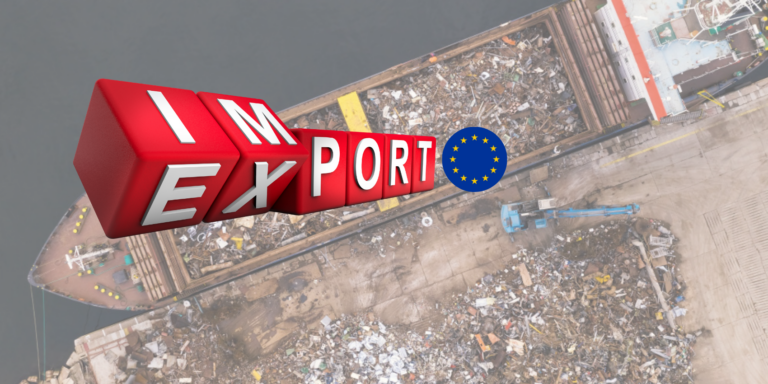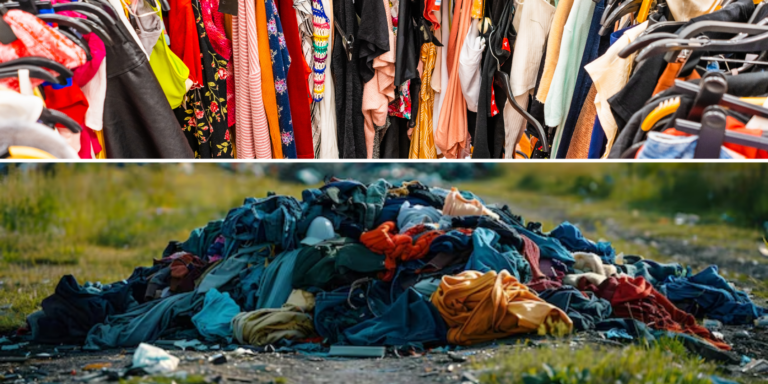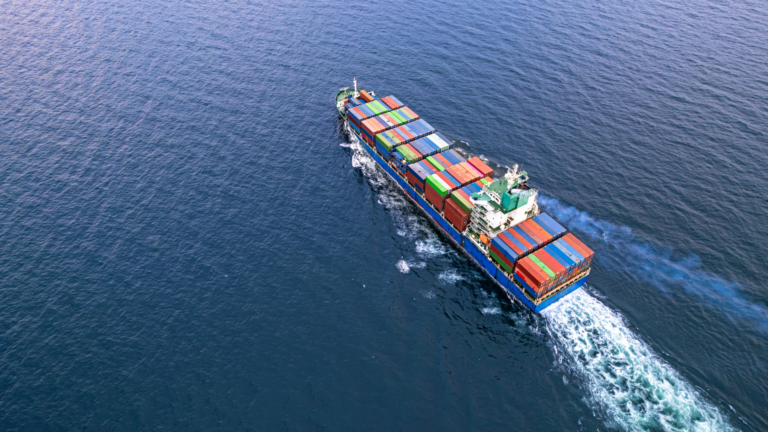POLYSTYRENE waste – an environmental problem and a challenge for recyclers!
Details
Polystyrene / Polystyrene foam / PS – no matter what we call it, we are talking about the same plastic material. It's found in single-use cups, in the appliance boxes we buy and unpack, and whenever we order takeout.
Polystyrene is a synthetic polymer that can take many chemical forms, a plastic material commonly used to create a variety of consumer products. It is widely used in the packaging and food industries because it is lightweight (95% air), has insulating properties that keep food and beverages hot or cold, and is durable enough to protect items during transport. In practice, PS is most often used for coffee cups, bulk packaging and shipping containers.
The advantages of this type of plastic is that it is light, durable and cheap. For years, "styrofoam" took any shape we wanted and was widely used throughout the consumer chain in any field. However, the fact that it is a single-use product has a disadvantage for the environment: polystyrene sheet balls are scattered by the wind, polystyrene waste takes up a lot of space in the landfill, and because it is not a biodegradable material, polystyrene will there long after our great-grandchildren will have great-great-grandchildren.
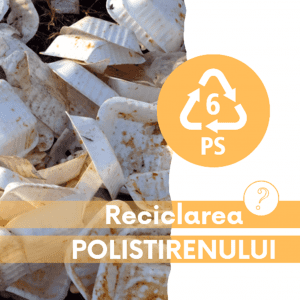 Although polystyrene is known to be cost-effective, unfortunately it is very difficult and expensive to recycle (despite being stamped with the "recycle" symbol). Most recycling facilities cannot process PS because, unlike other plastics, it is difficult to return to its basic form. Few recycling plants have invested in the compaction/densification equipment needed to reform the foam blocks, and the entire process is time-consuming and expensive. In 2018, the polystyrene recycling rate was only 0.9%. This is because there are very few recyclers who can process it and most waste collection agents suggest we throw it in the general waste bin. This result confirms three possible exits for discarded polystyrene: burned, stored or thrown into the environment. And because polystyrene is chemically stable, it does not biodegrade and neither bacteria nor microorganisms feed on it, thus turning it into a persistent environmental disaster.
Although polystyrene is known to be cost-effective, unfortunately it is very difficult and expensive to recycle (despite being stamped with the "recycle" symbol). Most recycling facilities cannot process PS because, unlike other plastics, it is difficult to return to its basic form. Few recycling plants have invested in the compaction/densification equipment needed to reform the foam blocks, and the entire process is time-consuming and expensive. In 2018, the polystyrene recycling rate was only 0.9%. This is because there are very few recyclers who can process it and most waste collection agents suggest we throw it in the general waste bin. This result confirms three possible exits for discarded polystyrene: burned, stored or thrown into the environment. And because polystyrene is chemically stable, it does not biodegrade and neither bacteria nor microorganisms feed on it, thus turning it into a persistent environmental disaster.
4 Advantages of polystyrene recycling:
- Polystyrene as "wood" - is a product that imitates wood and can be used for furniture manufacturing. The material is less expensive than wood and can be used instead.
- The production of polystyrene requires the use of oil, a non-renewable resource. As a result, polystyrene recycling reduces the amount of oil required in the manufacturing process. Of course, this is not a pure gain, as some energy is still required to transport and reprocess the material.
- Styrofoam takes up storage space, where it will remain for hundreds of years. Recycling it would turn it from waste into a resource.
- Styrofoam is also harmful to marine life. As it wears over time, PS disintegrates into tiny particles that look like fish food and can be eaten. The foam blocks the digestive systems of marine animals, killing them. According to a 2008 review in Environmental Research, EPS accounts for 60 to 80% of marine debris. Recycling can help reduce the amount of waste that ends up in the ocean.
4 disadvantages of polystyrene recycling
- PS foam takes up storage space and costs a lot to transport. This gives recyclers little incentive to consider PS recycling.
- Products used to preserve or store food must be cleaned before being recycled, adding costs. For the same reason, PS packaging cannot be recycled to make new food containers, but is instead used to make non-food plastic products. As a result, new polystyrene is always needed in the production of food containers.
- While some polystyrene foam materials are reused, most materials used for food or beverage containers are single-use materials. Recycling is technically feasible, but currently not economically viable.
- The high cost of transporting bulky polystyrene waste discourages recycling. Organizations that receive a large amount of PS foam can invest in a compactor to reduce the bulk of the product. As a result, recyclers will have to pay more for the compacted product, which would also raise the cost of the product resulting from recycling.
Every year, more than 15 million metric tons of polystyrene are produced in the world. Given that the standard food container weighs less than 300g, that's an unthinkable amount of polystyrene that needs to be managed as waste.
The most effective way to reduce polystyrene is to refuse it completely. Companies can strategize about refusing to buy Styrofoam products. Consumers can do the same by choosing products packed in eco-friendly materials. A small but important step to start with would be to replace PS cups, plates and containers with paper made/biodegradable/compostable or reusable products.
Even if reduction efforts and state regulations promote pro-environmental changes, if we analyze how much polystyrene is used, then we will understand that it is not a problem that can be easily solved. Companies need help navigating the complicated polystyrene life cycle. The only business option is not the trash compactor because there are sustainable solutions for managing polystyrene foam.
Recently researchers discovered a way to turn plastic waste into more valuable products. They said the technique could help combat the growing accumulation of non-degradable waste that is polluting cities and threatening marine life. Guoliang Liu and his colleagues at Virginia Tech have developed a method to break down polystyrene and turn it into a much more valuable chemical. The process is energy efficient and adaptable to other plastics. Liu and his colleagues used ultraviolet light as an energy source and aluminum chloride as a catalyst to break down the chemical structure of polystyrene. The team then mixed the same catalyst with dichloromethane, a clear liquid commonly used as a solvent, to generate diphenylmethane Diphenylmethane is a chemical commonly used in the perfume and pharmaceutical industries. They are 10 times more valuable than polystyrene itself, so the conversion creates an economic incentive to reduce polystyrene waste. The reaction takes place at ambient temperature and atmospheric pressure, so it requires less energy than existing polystyrene recycling methods. According to the team's economic analysis, the process is easy to adopt and could be profitable on a large scale.
4 simple ways to avoid toxic polystyrene plastics:
- Avoid meat packed on styrofoam trays;
- Do not take takeout in polystyrene containers;
- Invest in a reusable mug or bottle for hot drinks;
- Do not buy products made from polystyrene.
Related articles
Este timpul pentru acțiuni decisive: societatea civilă cere un Tratat Global ambițios care să pună capăt
Ne-am obișnuit să aruncăm, am uitat să reparăm, să reutilizăm și să prelungim durata de viața
Centrul de Instruire și Consultanță „E-Circular” anunță lansarea apelului pentru contribuții științifice în cadrul Conferinței Naționale
Reacțiile la studiul publicat recent de Agenția Franceză pentru Siguranța Alimentelor, Mediului și Sănătății Ocupaționale (ANSES)
De ani de zile, marcăm simbolic Ziua Mediului, vorbim despre reducerea poluării cu plastic, venim cu
Modelul economic actual este construit în mare parte pe un sistem liniar de tip „extrage-produce-aruncă”, în
În contextul economiei circulare și al gestionării eficiente a deșeurilor, mecanismul de Responsabilitate Extinsă a Producătorului
În tranziția spre economie circulară, exporturile de materii prime reciclabile din Uniunea Europeană către țări terțe
Ziua Internațională “Zero Deșeuri” sărbătorită pe 30 martie și facilitată în comun de Programul Națiunilor Unite
La data de 20 mai 2024, a intrat în vigoare noul Regulament UE 2024/1157 privind transportul deșeurilor

